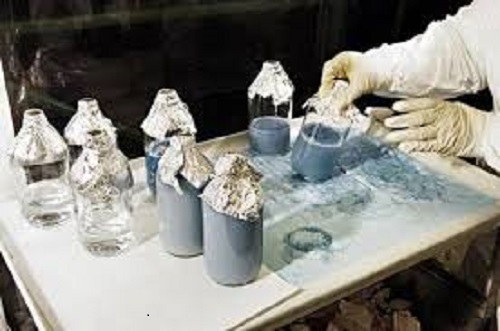Horseshoe Crab Blood
Does Harvesting Horseshoe Crab Blood Kill Them?
Does Harvesting Horseshoe Crab Blood Kill Them?
Horseshoe crabs have been around for over 450 million years, long before dinosaurs roamed the Earth. Despite their name, horseshoe crabs are more closely related to arachnids like spiders than to true crabs. These remarkable creatures play an essential role in the medical industry due to their unique blue blood, which contains a special substance used for testing medical devices and vaccines. But, one of the most frequently asked questions is, “Does harvesting horseshoe crab blood kill them?” In this article, we’ll explore the blood-harvesting process and its potential effects on these ancient animals.
Understanding Horseshoe Crab Blood and Its Importance
The key to the horseshoe crab’s significance in medicine lies in its blood, which contains a substance known as Limulus Amebocyte Lysate (LAL). LAL has an incredible ability to detect bacterial endotoxins, making it crucial for ensuring the safety of medical products such as vaccines, surgical implants, and IV tubes. As such, horseshoe crabs are often captured, and their blood is drawn in a process known as blood collection.
The LAL test is highly sensitive, meaning that even trace amounts of bacterial endotoxins are detectable. This is vital for preventing potential infections in medical treatments, which can save countless human lives. However, while the demand for this test is undeniably important, it has led many to question whether the process harms or kills the horseshoe crabs.
Does Harvesting Horseshoe Crab Blood Kill Them?
The process of collecting horseshoe crab blood generally does not result in death, but it can still be harmful. Typically, when blood is harvested from horseshoe crabs, they are not killed outright. Instead, the process involves capturing the crabs, sedating them, and extracting a portion of their blood through a needle inserted into their heart. After the procedure, the crabs are returned to the wild. However, there are several factors that contribute to their potential vulnerability.
While the crabs may survive the initial blood extraction, the procedure is extremely stressful for them. This stress, along with the risk of infection from the puncture, can lead to long-term harm or even death in some cases. According to studies, around 10-30% of horseshoe crabs do not survive the blood collection process, either because of complications from the procedure or the stress it causes.
Additionally, the more often a crab is subjected to blood collection, the higher the risk of it succumbing to harm. For crabs that are captured and bled multiple times, the toll on their health increases, as their blood volume is gradually depleted and their immune systems become compromised.
The Ethical Debate and Efforts to Protect Horseshoe Crabs
The ethical implications of harvesting horseshoe crab blood have sparked significant debate. While the medical benefits of LAL testing are undeniable, many environmentalists and animal rights activists argue that the practice is unsustainable and cruel. Some advocate for alternatives to the LAL test, such as recombinant DNA-based methods, which could reduce the need for horseshoe crab blood and alleviate the pressure on these creatures.
In response to the growing concerns about horseshoe crab populations, some conservation groups and government agencies have introduced measures to protect the crabs. These efforts include regulating the number of horseshoe crabs that can be bled annually, improving the conditions under which blood is collected, and promoting research into alternative testing methods that don’t involve live animals.
Conclusion
In conclusion, while harvesting horseshoe crab blood does not always kill them, it can be harmful, leading to stress, health complications, and even death in some cases. The procedure is not without ethical concerns, especially as horseshoe crab populations face the risk of decline due to over-harvesting. As we continue to rely on these creatures for their critical role in medical safety, it is essential that we also explore and support more humane and sustainable alternatives to blood collection. By doing so, we can balance the needs of both human health and animal welfare.

